Gifts for Candy Lovers: National Candy Month
Celebrate National Candy Month with a gift of gourmet candy for someone special. However, no matter the time of year, gifts for candy lovers are always in season.
June is National Candy Month. It is an annual celebration of the treats that give you a welcomed sugar rush anytime they hit your tongue. Whether you’re looking for a snack between meals or treating yourself to dessert after a healthy salad, candy is one of life’s treasures. Although National Candy Month is only in June, different holidays are celebrated year-round with a wide array of candies marking the occasion. From candy corn on Halloween to peppermint hearts for Valentine’s Day, you’re never too far from an excuse to indulge your sweet tooth.
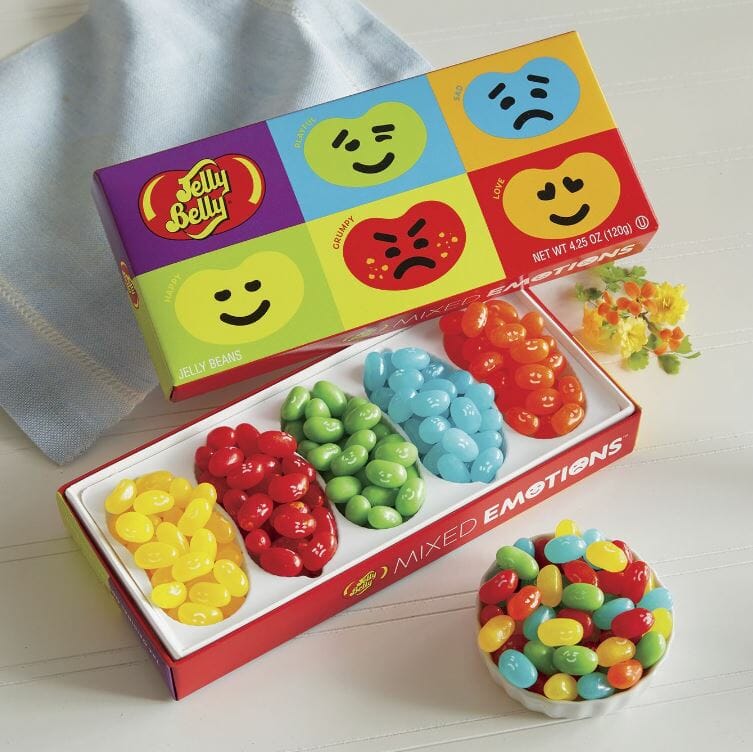
Gourmet Candy: A Sweet History Lesson
Candy comes in a dizzying variety of shapes, sizes, and flavors. From the hard and brittle to the fun and decorative, candy has a rich past. The first “piece” of candy dates all the way back to 1500 B.C., when ancient Egyptians covered various fruits and nuts in honey to make them taste sweeter. If we fast-forward to the Middle Ages, sugar candy was such a high-priced treat, and it was reserved only for royalty.
The Industrial Revolution was a key turning point in the history of candy in America. While fine confectioneries still remained, children of the American working class were spending more and more money at their local candy store. In 1847, the invention of the candy press made it easier to create multiple variations of the same piece of candy, and in the process streamlined production.
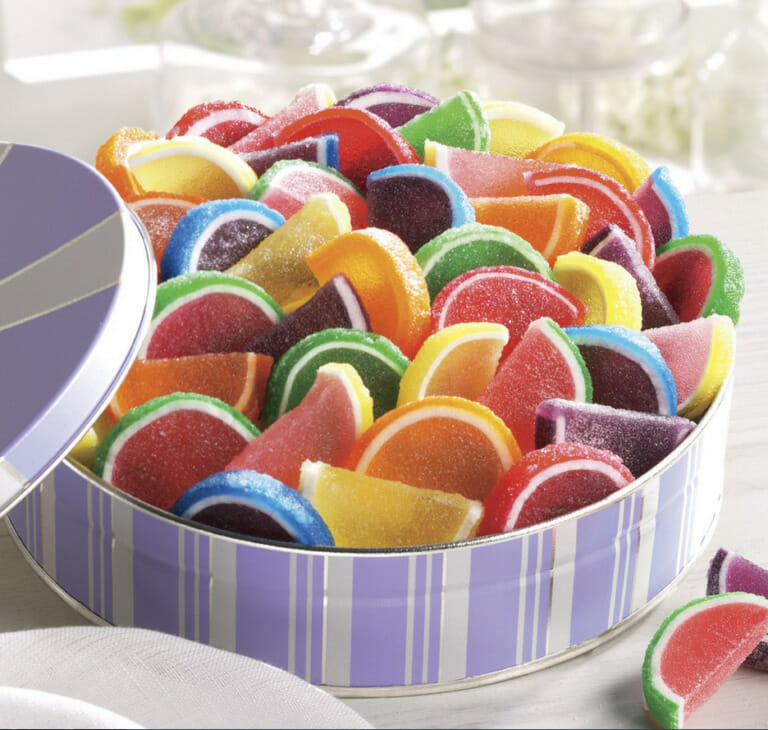
Candy in America
It wasn’t until the second half of the 20th century that candy started to take the form we have come to know and love today. In the span of 50 years, Smarties® (1949), Starburst® (1954), SweeTARTS® (1963), Jelly Belly® Jelly Beans (1976), and Gummi Bears (1980) were invented, and introduced into American culture. During the period, the confectionery world saw a significant spike in profit due to some pretty sweet innovations.
Today, while you can still find artisan confectioners making gourmet candy by hand in some of the biggest cities in the world, candy has grown into a mainstream business. One aspect driving confectionery businesses’ popularity forward is movie theaters all across the globe. The average movie theater concession stand in America accounts for roughly 85% of profit for that theater. Some popular snacks when attending a film include popcorn, licorice and fruit snacks.
Good & Plenty: The Oldest Candy in America
Good & Plenty is a popular candy that has been enjoyed in America for over 100 years. The candy was first created by the Quaker City Confectionery Company in Philadelphia in 1893. The candy was originally called “Choo-Choo” and was marketed as a candy that would be perfect for snacking while traveling on trains.
In 1914, the candy was rebranded as “Good & Plenty” and the familiar pink and white color scheme was introduced. The candy quickly became popular and was sold in movie theaters, drugstores, and other places where people went for entertainment.
In the 1950s and 1960s, Good & Plenty became even more popular thanks to its association with the cartoon character, “Choo-Choo Charlie.” Charlie was a train engineer who would eat Good & Plenty candy to give him the energy he needed to keep his train running. The Good & Plenty jingle, “Charlie says, ‘Love my Good & Plenty!'” became famous and helped to further increase the candy’s popularity.
Today, Good & Plenty is still enjoyed by people of all ages and is widely available in stores across America. While the candy has undergone some changes over the years, it remains a beloved and iconic American treat.
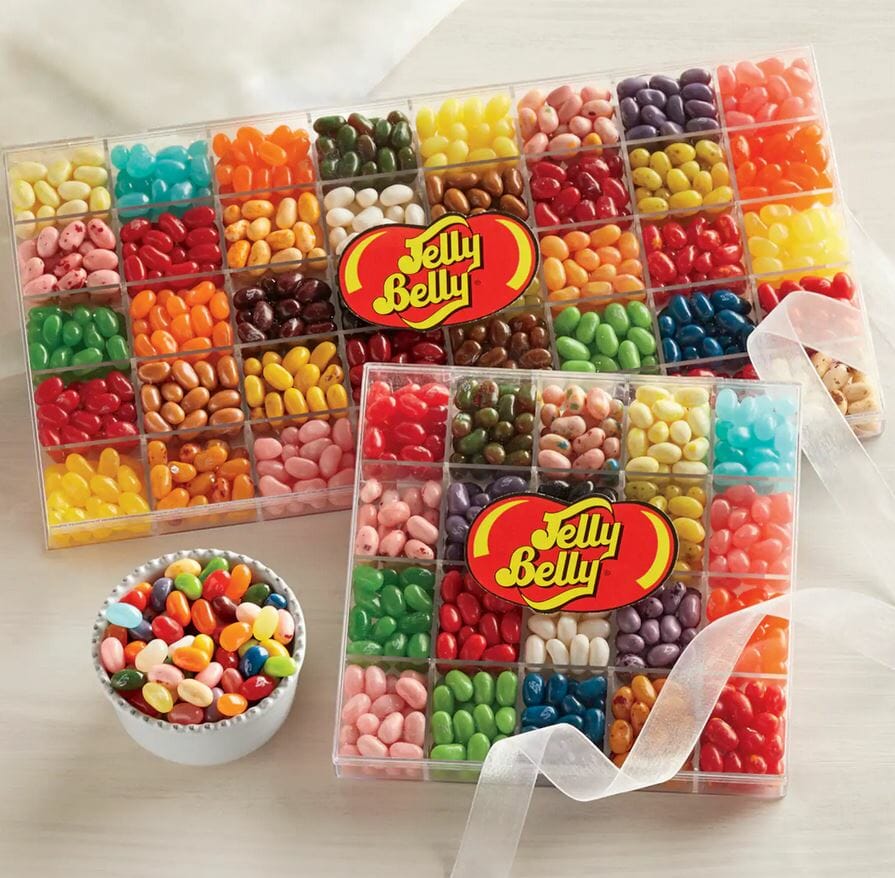
History of Jelly Beans
Jelly beans are a small bean-shaped candy that has been enjoyed for over a century. The modern jelly bean as we know it was first created by the Herman Goelitz Candy Company (now known as Jelly Belly) in the late 1800s. The company began producing a small, egg-shaped candy that was coated in a hard shell and filled with flavored syrup. The candy was initially called “Jelly Drops” and was sold in a variety of flavors.
In the 1930s, jelly beans became even more popular, thanks to their association with Easter. The candy’s small size and colorful appearance made it a popular choice for Easter baskets and decorations. The National Confectioners Association estimated that over 16 billion jelly beans were sold during the Easter season in 2019.
Over the years, jelly beans have continued to evolve and expand in flavor and variety. Jelly Belly, which is now one of the largest producers of jelly beans in the world, offers over 100 different flavors, including popular flavors like cherry, grape, and green apple, as well as more unusual flavors like buttered popcorn, bacon, and even beer.
Jelly beans have become a beloved American candy, with a rich history and a wide variety of flavors and uses. They remain a popular choice for Easter and other holidays, as well as a fun snack or decoration any time of the year.
M&Ms: The Most Popular Candy in America
This distinction varies from country to country, but in the U.S., it’s by far M&M’s®. Produced by Mars, M&M’s annual sales regularly break the $600 million mark. The colorful button-sized chocolates come in six different colors (brown, red, orange, yellow, green, and blue). At Mars’ main factory, 2 billion M&M’s are produced every 8 hours.
M&M’s are one of the most popular and recognizable candies in America, known for their hard shell and chocolate center. The candy has a fascinating history, which began in 1941.
During World War II, soldiers were provided with chocolate as a part of their rations. However, the chocolate would often melt in warm temperatures, which made it difficult to transport. This led to the invention of M&M’s, which stands for “Mars & Murrie’s,” the names of the candy’s inventors, Forrest Mars and Bruce Murrie.
Over the years, M&M’s have continued to introduce new colors and flavor variations. M&M’s were initially produced in brown color only, but in the 1950s, the company introduced a new marketing campaign and expanded the color offerings. The new colors allowed for more variety and a more attractive display, leading to a surge in sales. An original color, violet, was replaced by tan in the late 1940s; tan was replaced by blue in 1995. Red was temporarily replaced by orange in 1976 due to health concerns over FD&C Red #2, even though M&M’s were never made with it. Red M&M’s returned in 1987. In the 1980s, blue was added as a color option, and in 1995, the company introduced a limited edition “Colorworks” line, which featured more than 20 different colors. Today, M&M’s are available in a variety of colors and flavors, including peanut butter, caramel, and pretzel.
M&M’s have become a beloved American candy, with their iconic colors and packaging making them instantly recognizable. They have been featured in countless movies, commercials, and pop culture references, cementing their status as a timeless classic.
History of Candy Corn
Another popular candy is candy corn. Sold primarily during Halloween,
Candy corn is another popular candy that is often associated with Halloween and fall in America. The candy has a long history that dates back to the late 1800s. The mixture of sugar, corn syrup, and confectioner’s wax was invented by George Renninger of the Wunderle Candy Company® in 1880 and originally called “Chicken Feed” and was marketed as a treat for both humans and livestock. The candy was made by hand and featured a tricolor design, with a yellow base, orange center, and white tip. Gustav Goelitz started making candy corn in 1900 and eventually started the Jelly Belly® candy company. Today, Jelly Belly® and Brach’s® are the main producers of candy corn.
Over time, candy corn became more popular as a Halloween treat, and the tricolor design became associated with the holiday. The Goelitz Candy Company (now known as Jelly Belly) began mass-producing candy corn in the early 1900s, using machines to automate the process.
In the 1950s, candy corn became even more popular, thanks to its association with Halloween and its availability in large bags. The candy also became more colorful, with variations featuring different colors and flavors.
Today, candy corn is still enjoyed by millions of people in America and around the world. Over 35 million pounds of candy corn are produced each year. The candy remains a Halloween staple and is often used in fall-themed decorations and recipes. Despite its simple ingredients and design, candy corn has become an iconic part of American candy culture.

While America consumes the most candy in the world in total retail volume, it’s not even in the top five in consumption per capita. In 2016, the average German ate 28.7 pounds of candy. The average American ate around 22 pounds.
Although some varieties of candy can be considered rare delicacies, fudge is a common and popular gourmet treat. Fudge is not actually considered chocolate—although chocolate is the most popular flavor—but a fondant (thick paste of sugar and heated water). Legend has it that fudge was invented by mistake when candy makers over-crystallized a batch of candy. Fudge first appeared in America when college-aged women started to sell it during the industrial revolution in New York and Baltimore.
The flavors of different candies from around the world are as diverse as the cultures they come from, but there is no mistaking the cooling effect you feel whenever you bite into something with mint flavoring. The popular flavor is derived from one of several varieties of mint (usually peppermint or spearmint, but there are more than 30 varieties of the herb) and is popular in candy canes, chewing gum, and even some chocolates. The cooling effect comes from the compound menthol, found in the plant’s essential oil, and makes eating mints a pleasantly refreshing experience.
Whatever your favorite candy is, it always has the ability to make any moment just a little sweeter.
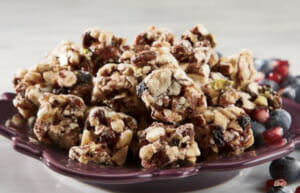
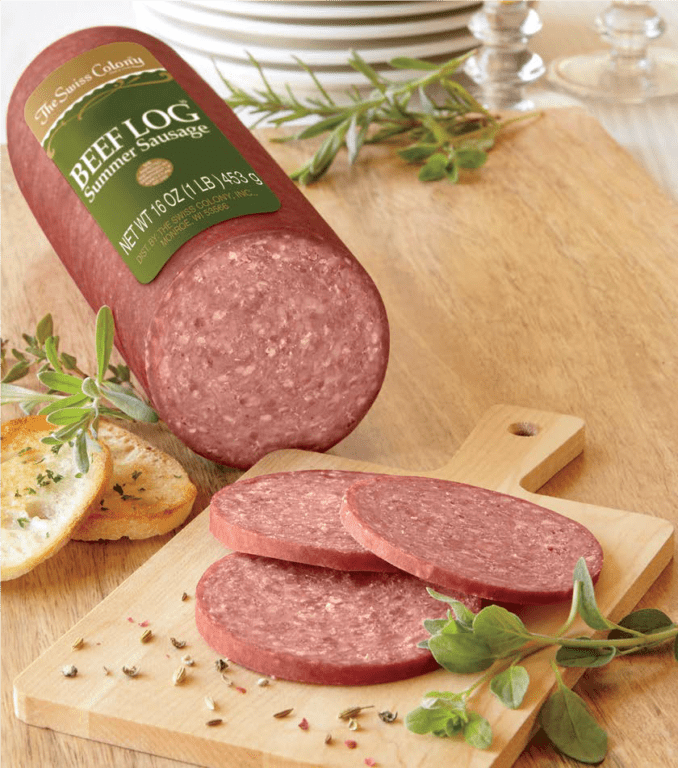
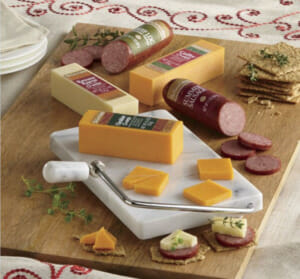
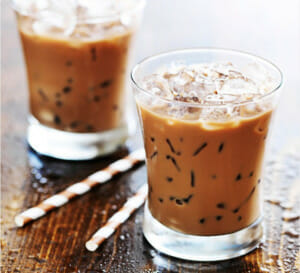
Comments (3)
Eileen Barron
Why isn’t my account # added to my account statement. I want to order a few things but do not have a catalog or a statement. Where else should I look
Robert saucedo
Please send me a catalog. 4304 lamar dr. Del city ,oklahoma 73115
severson
It’s easy to get a catalog. Just visit this page: https://www.swisscolony.com/catalog/request_catalog.jsp …and thanks for writing!